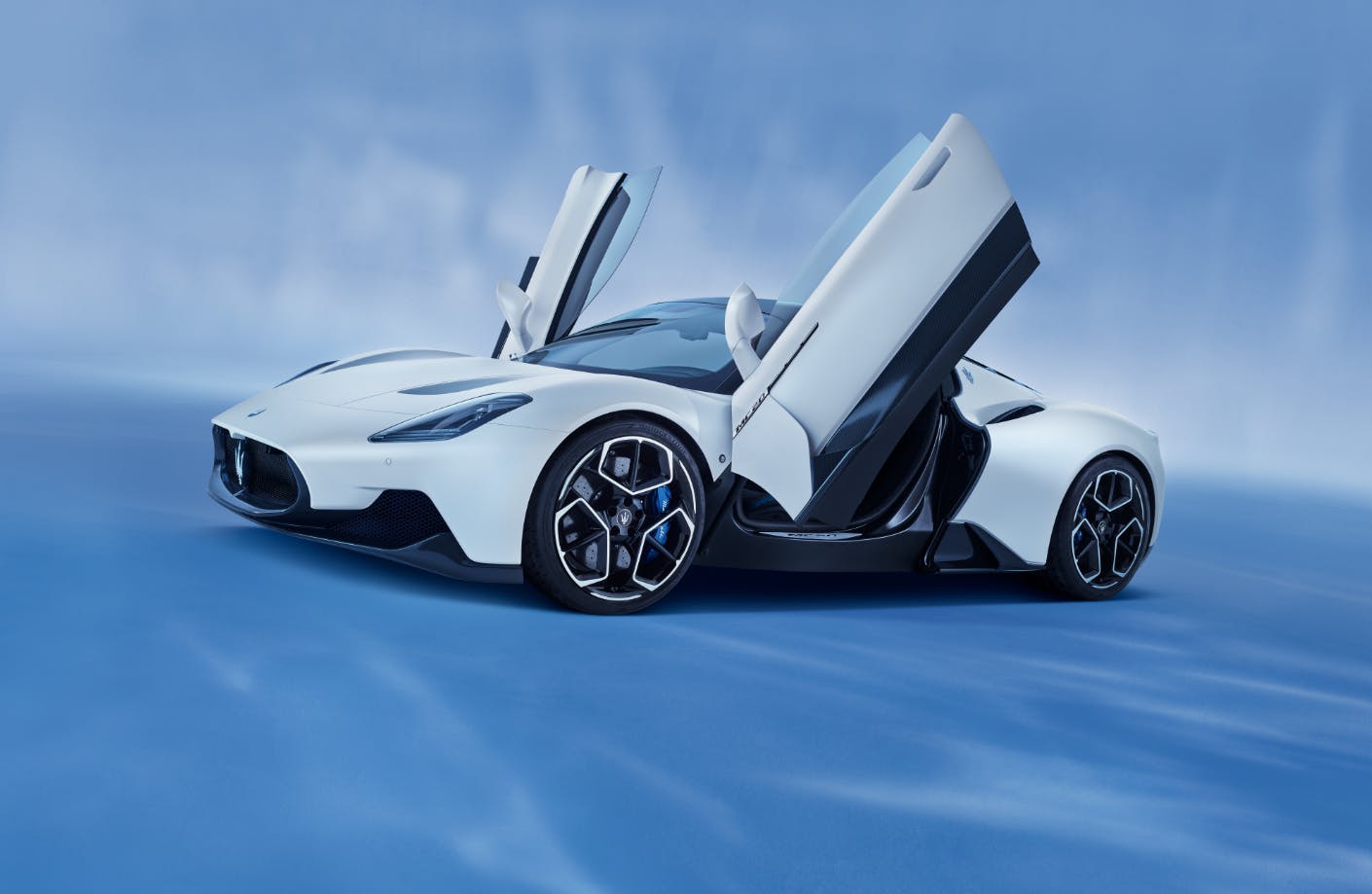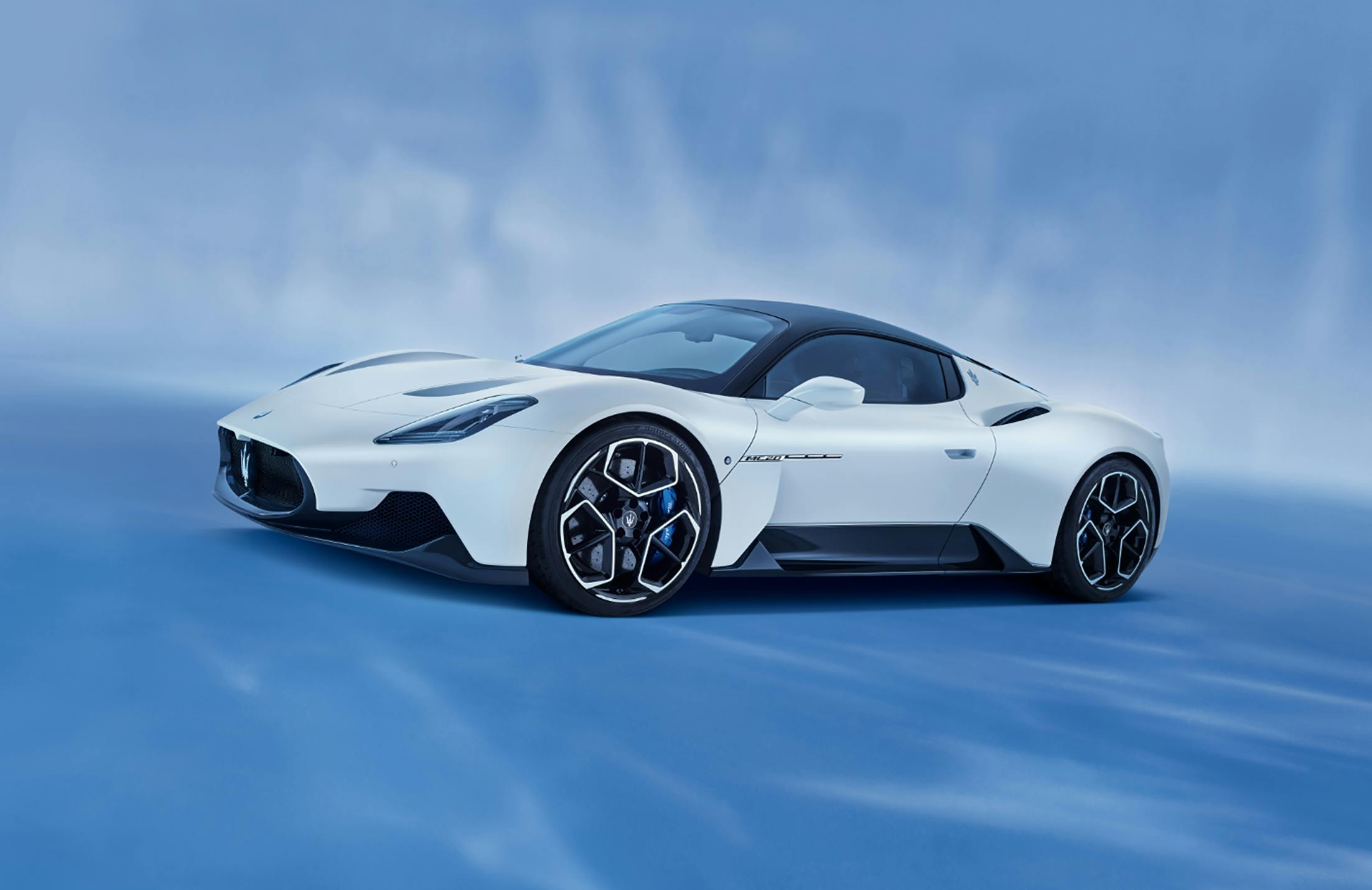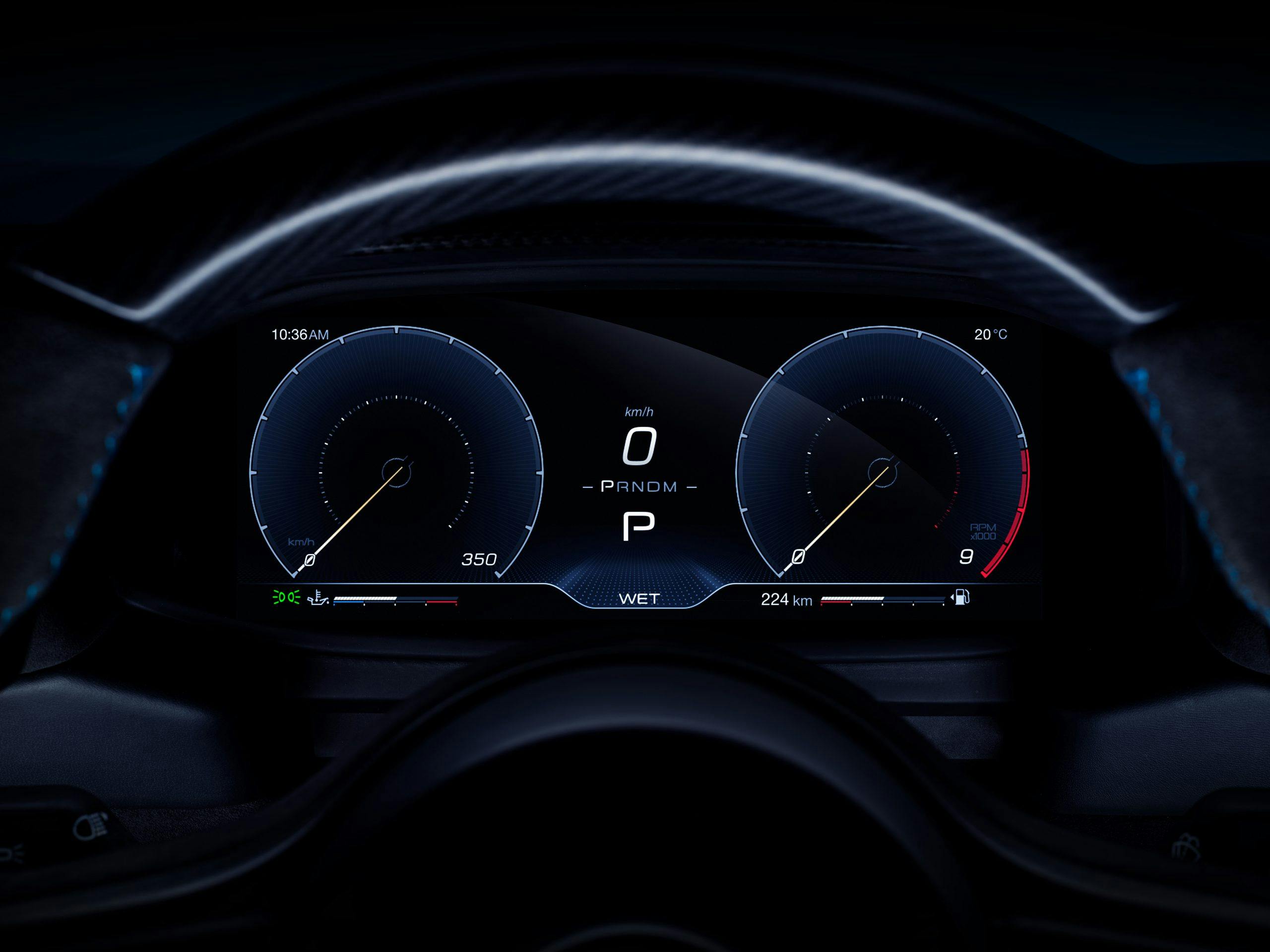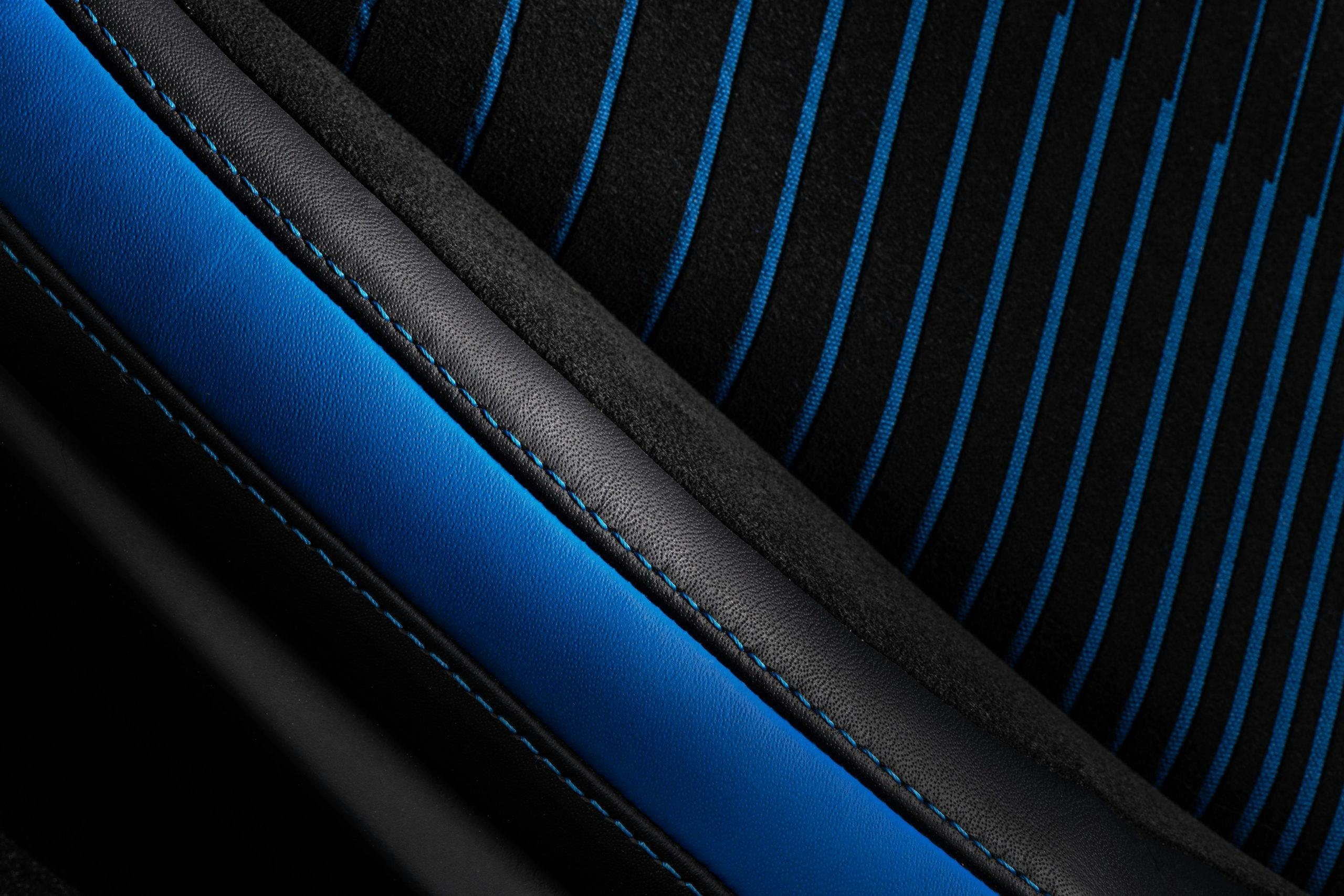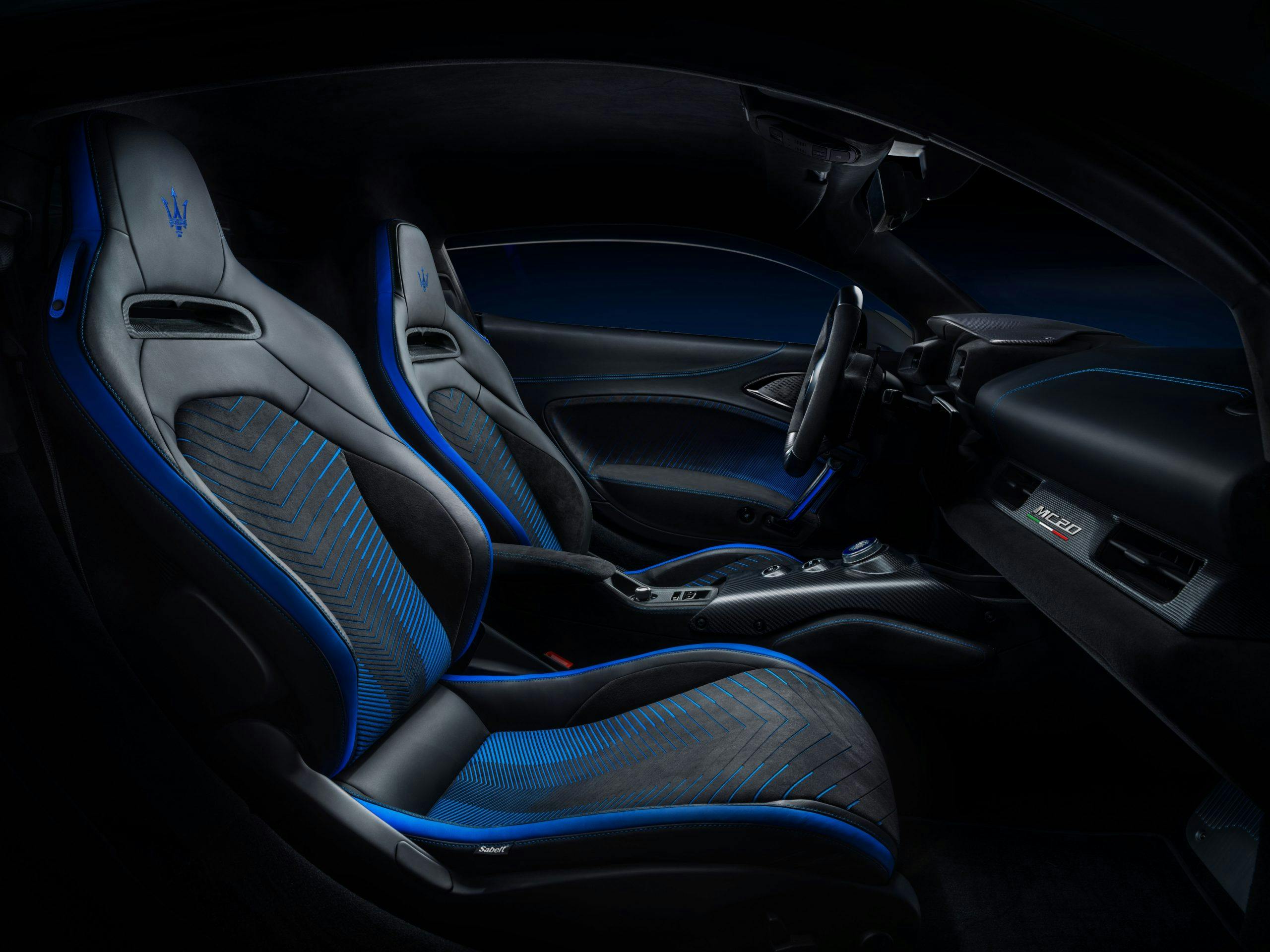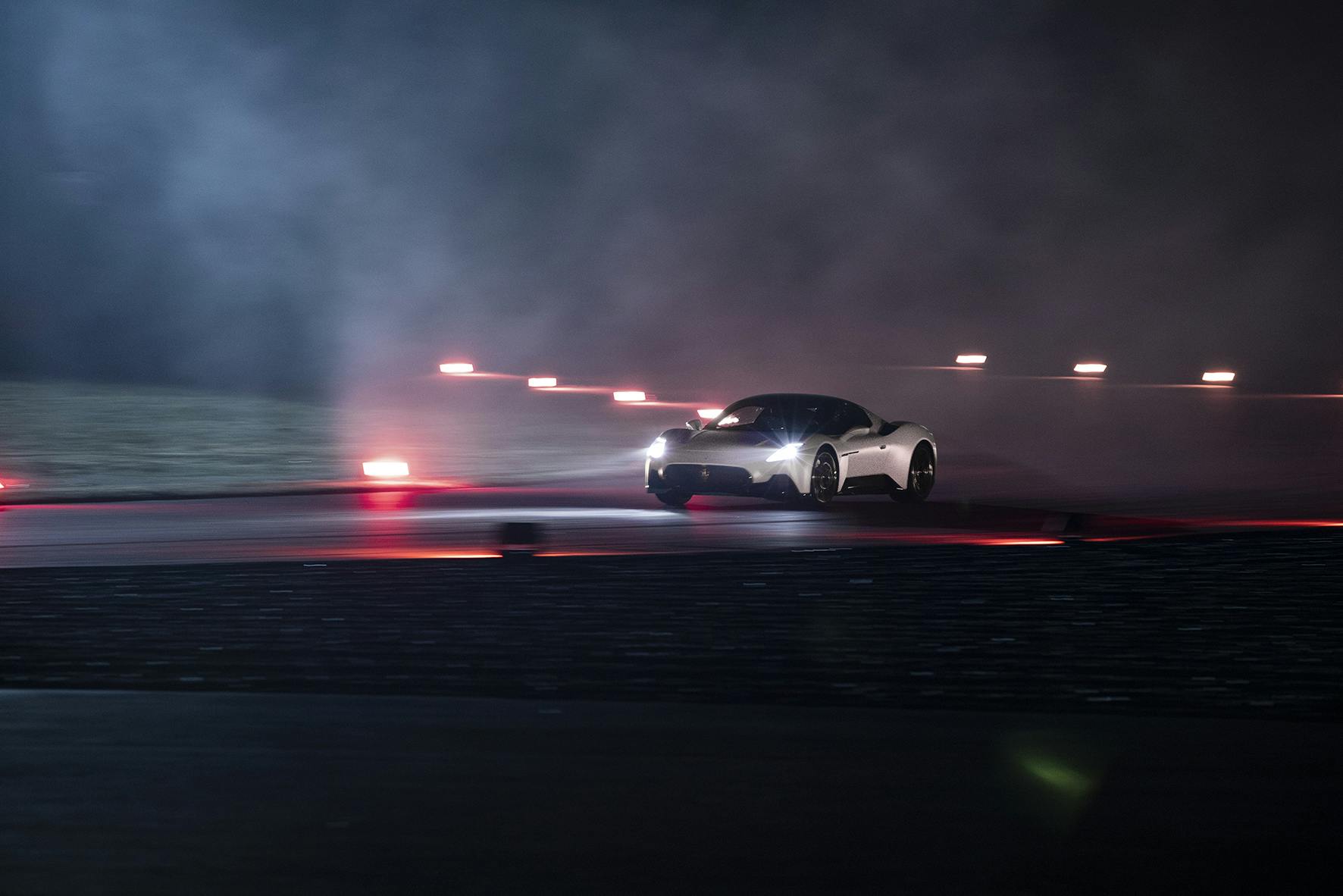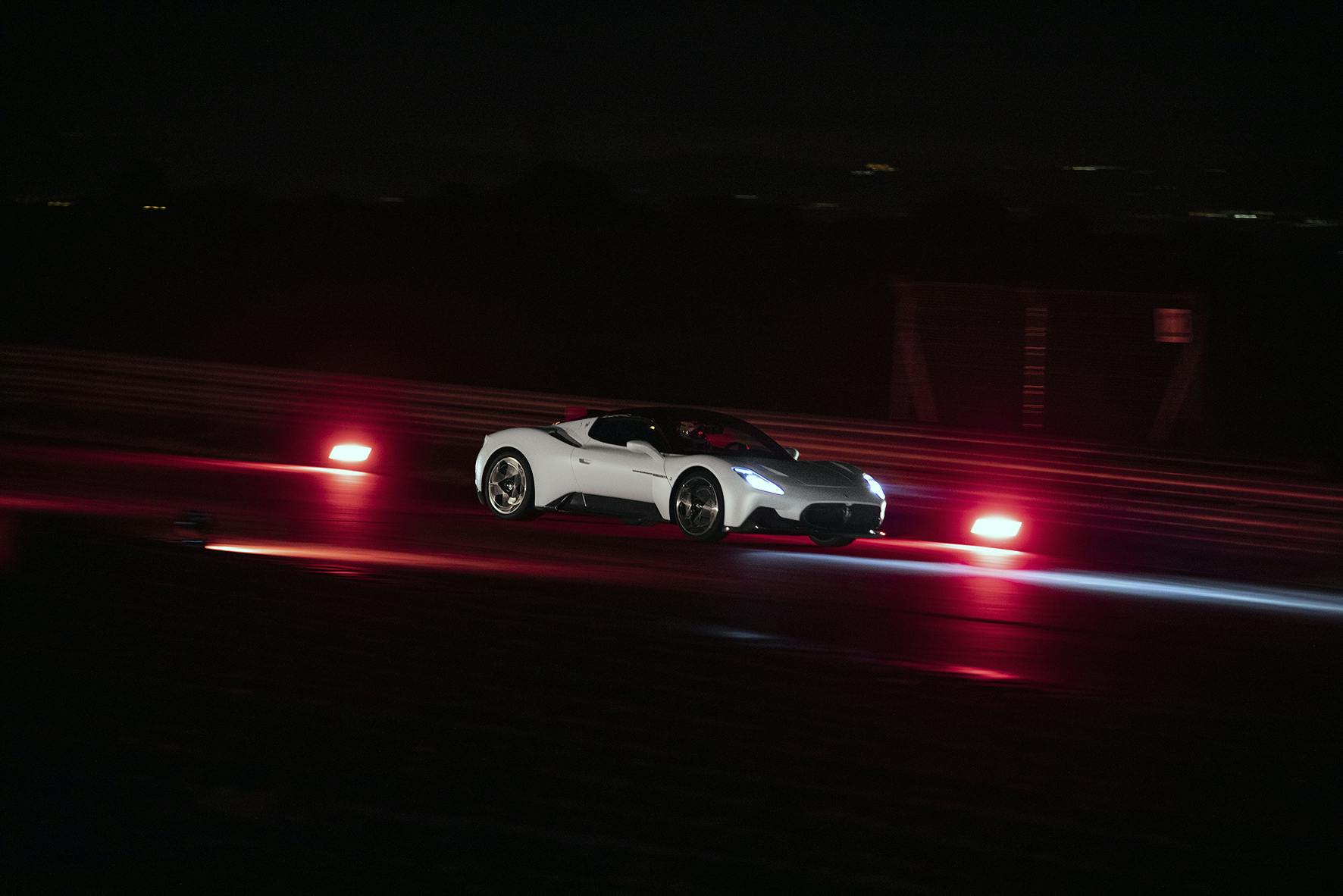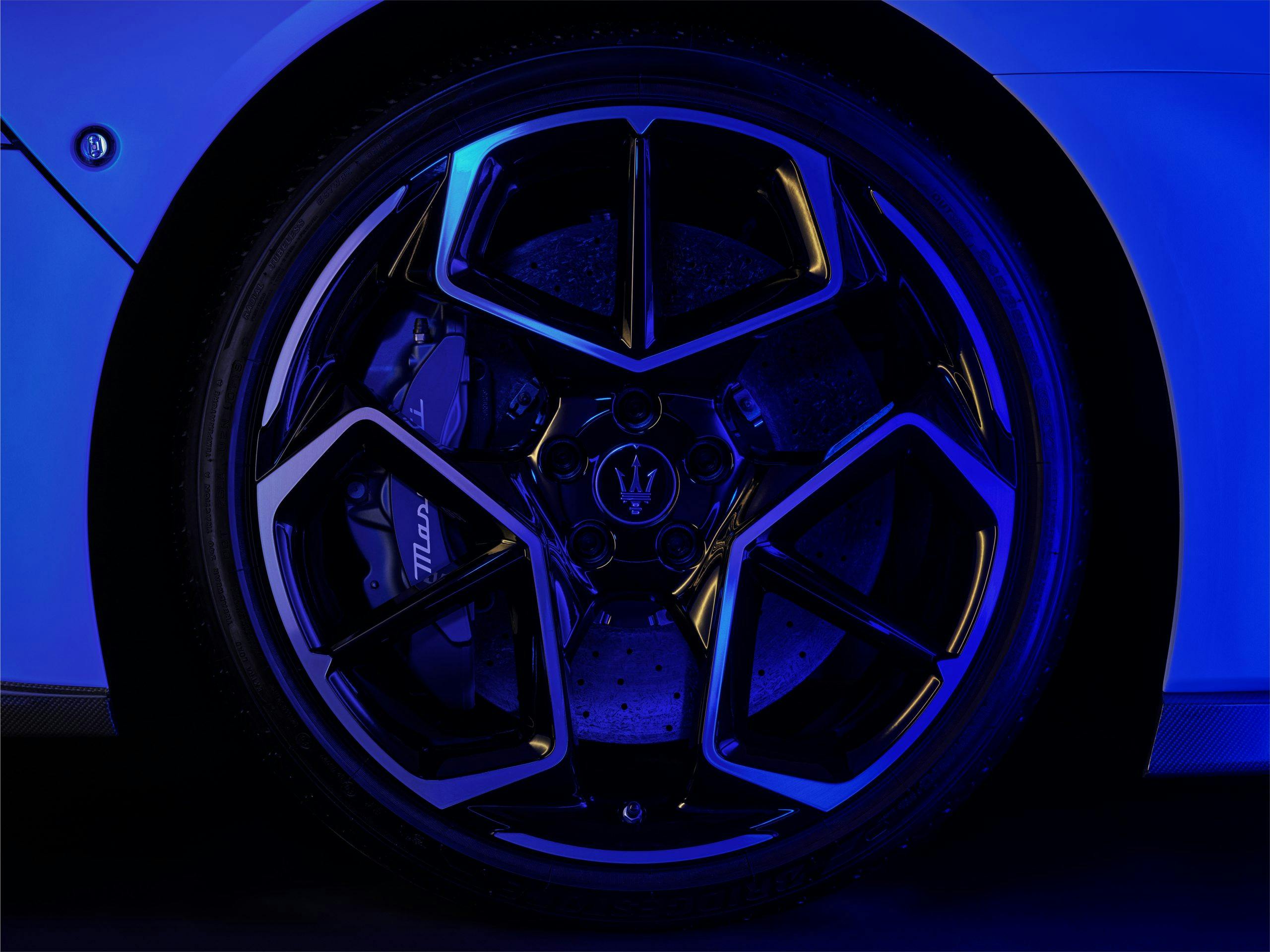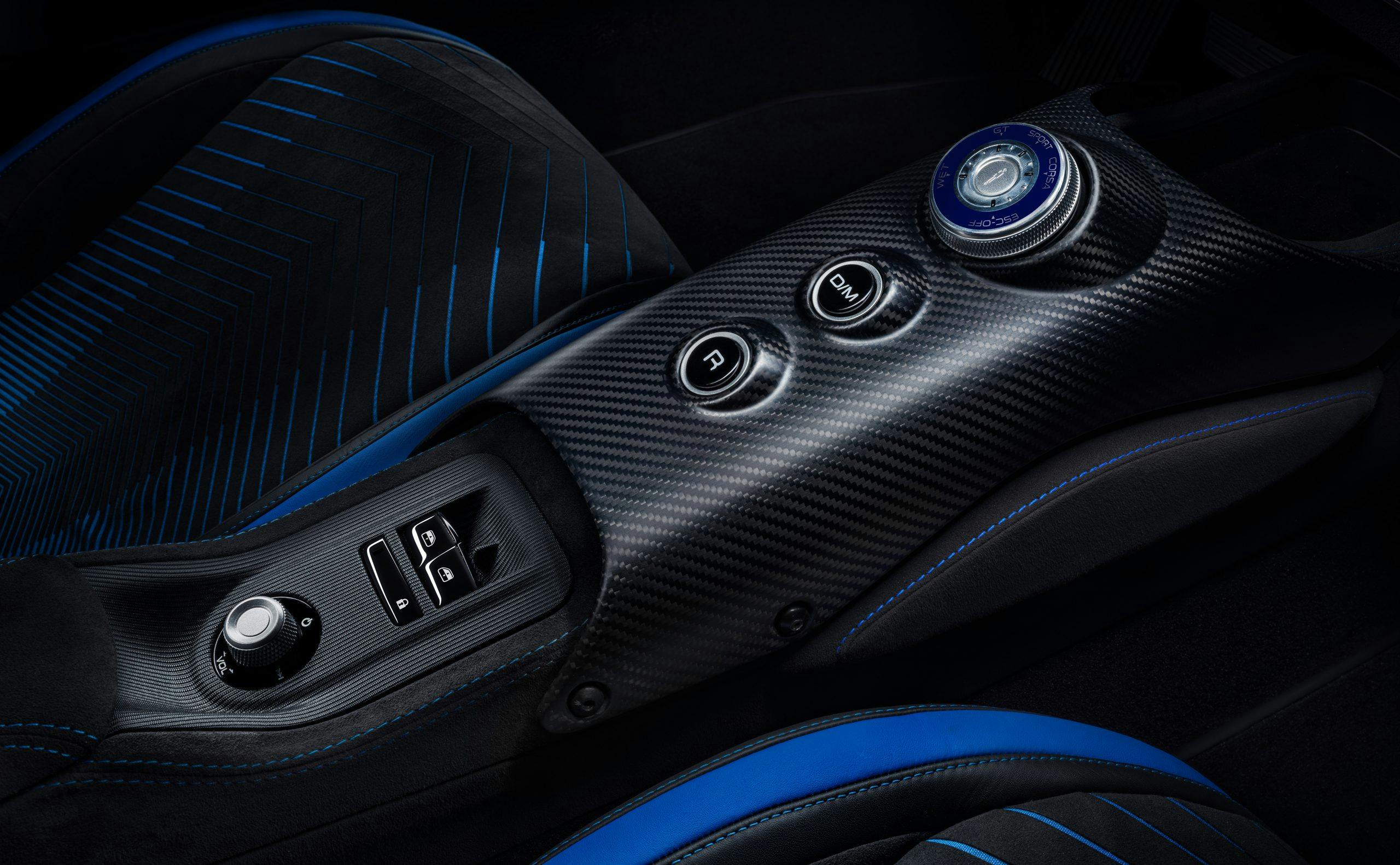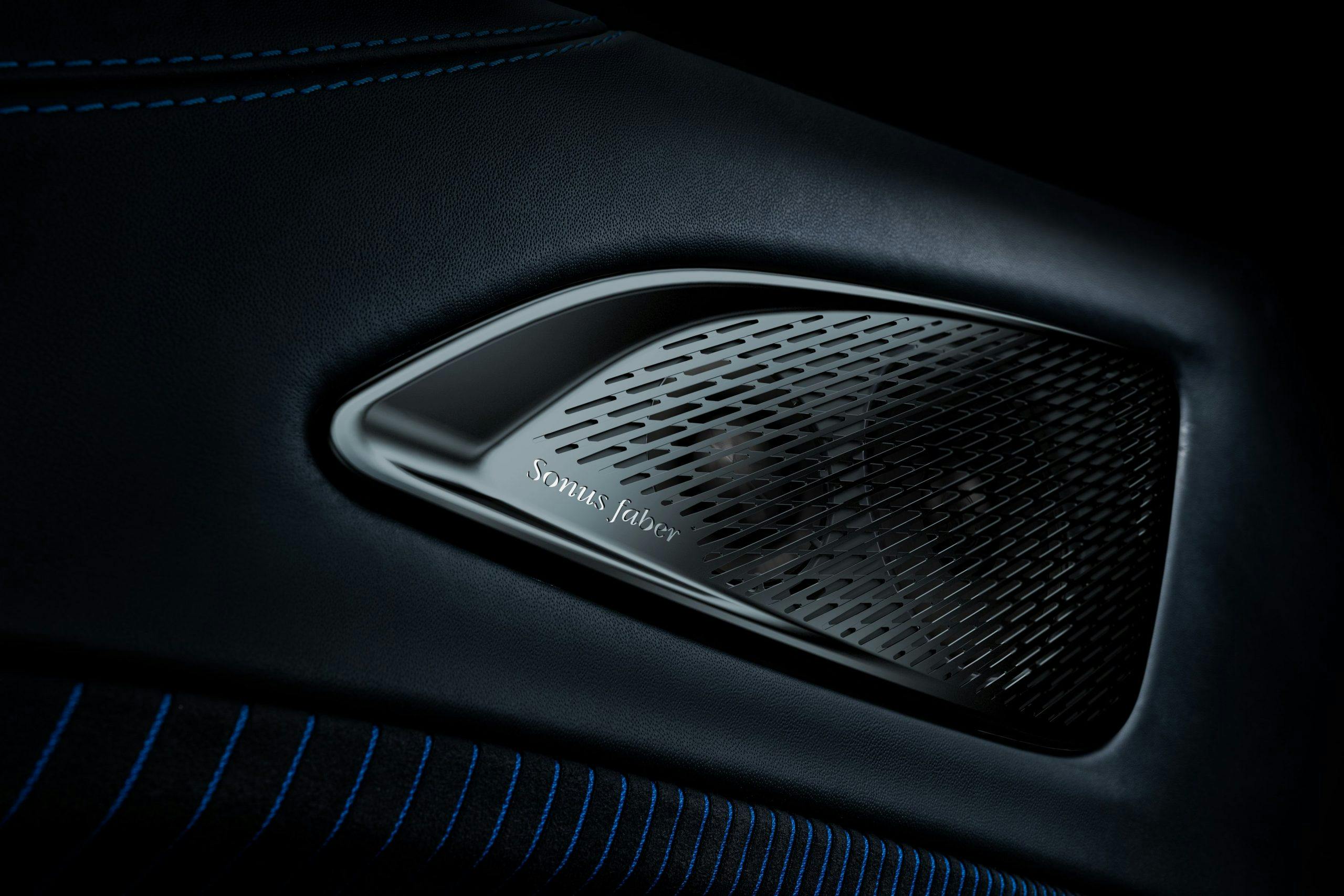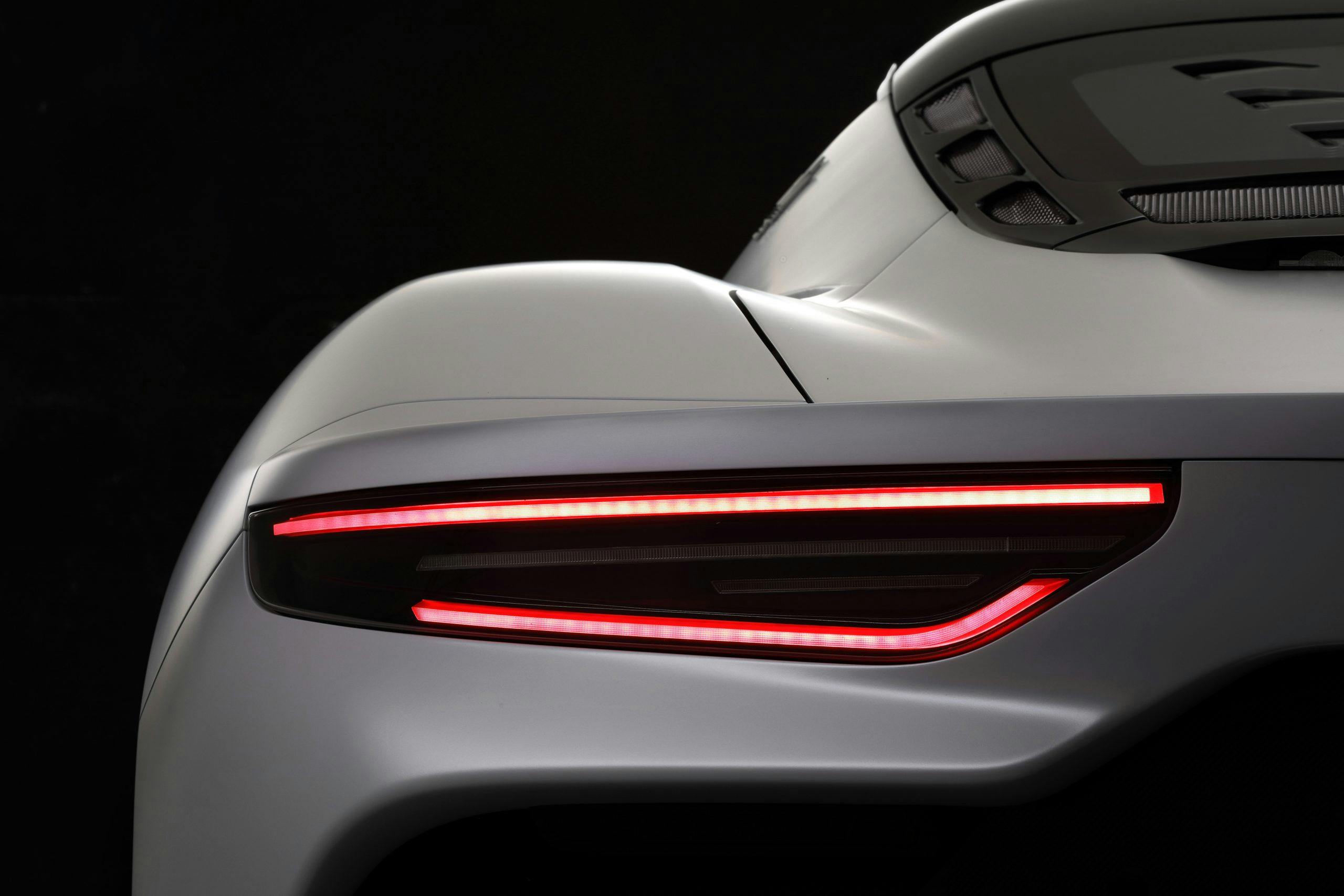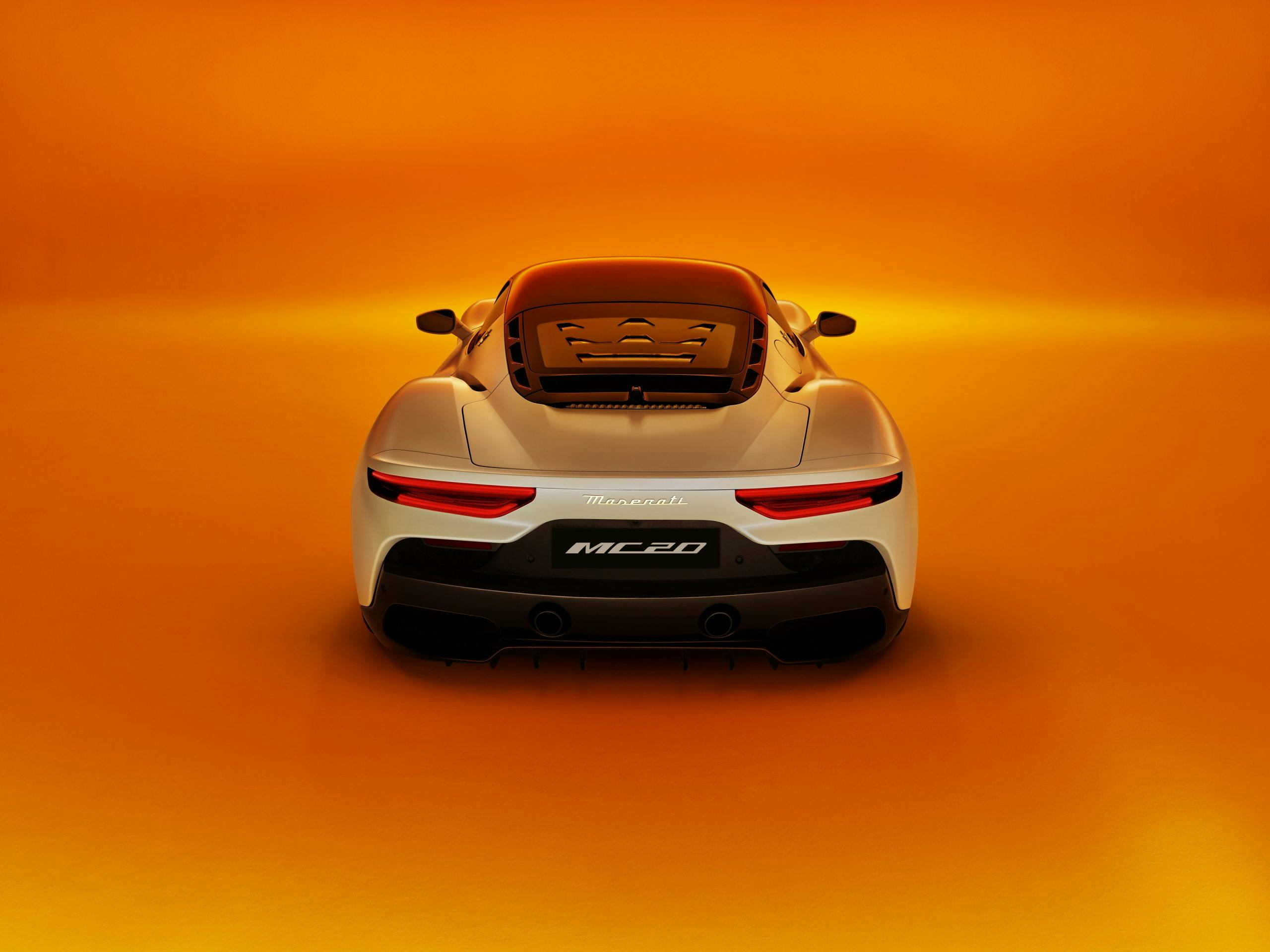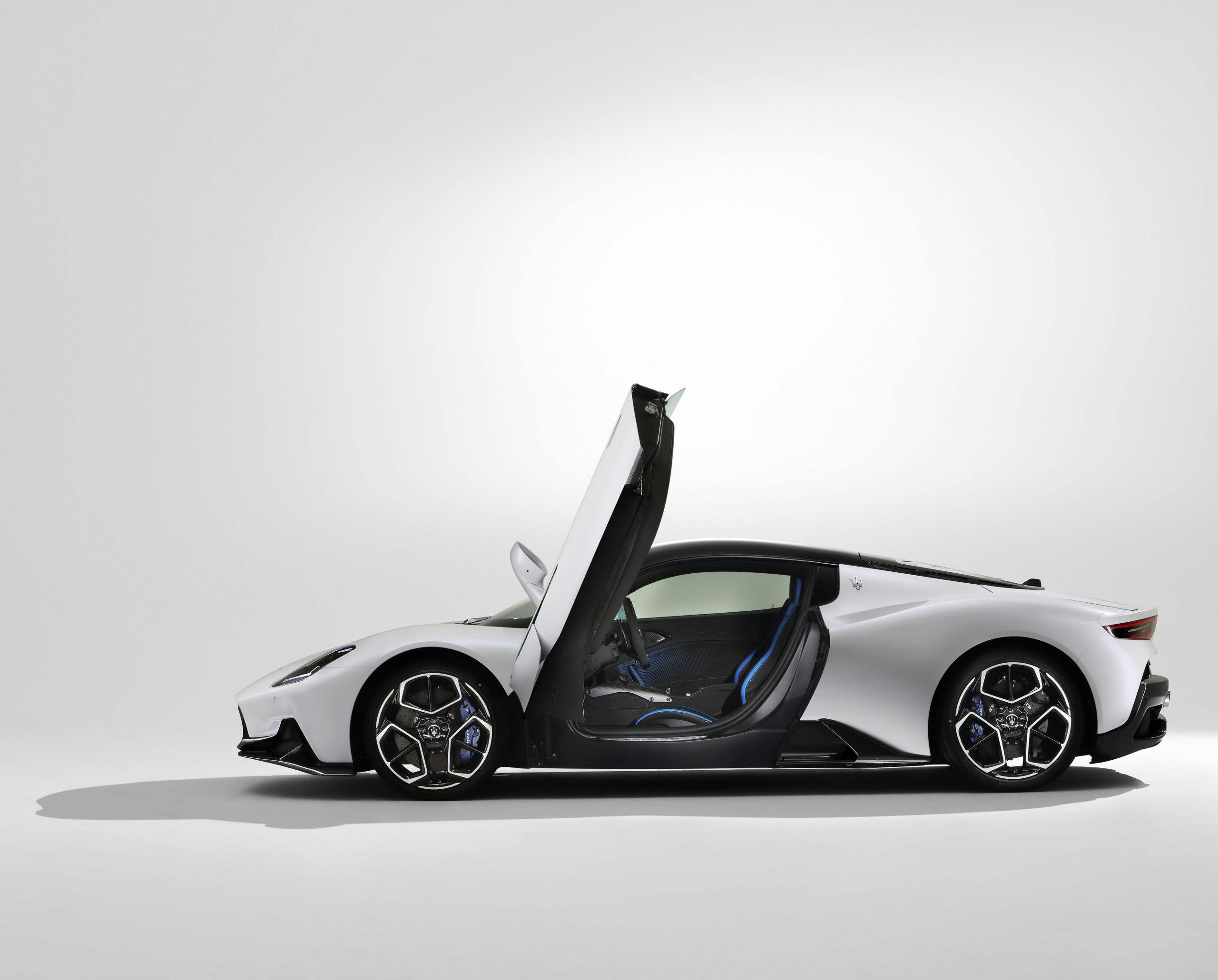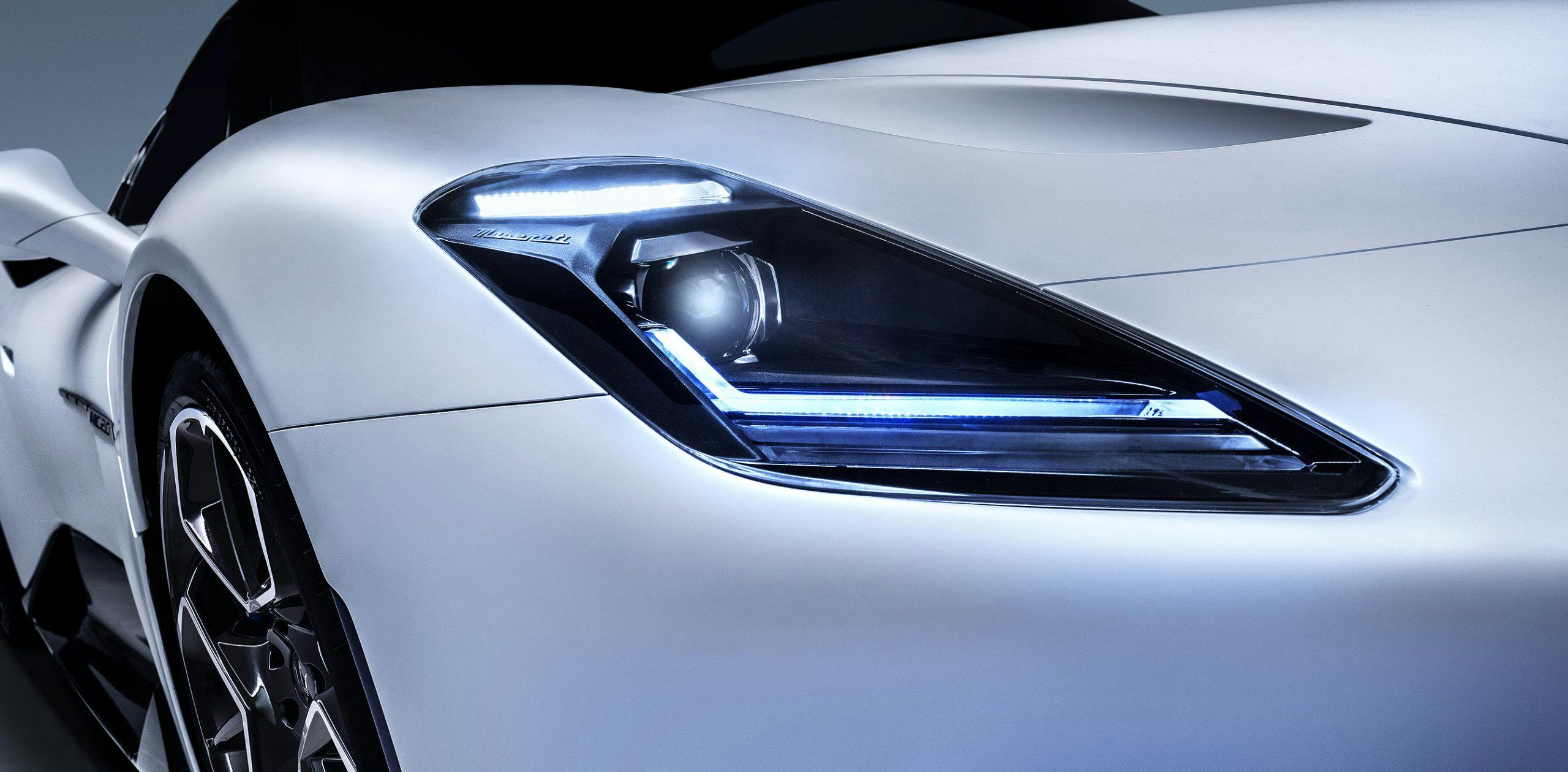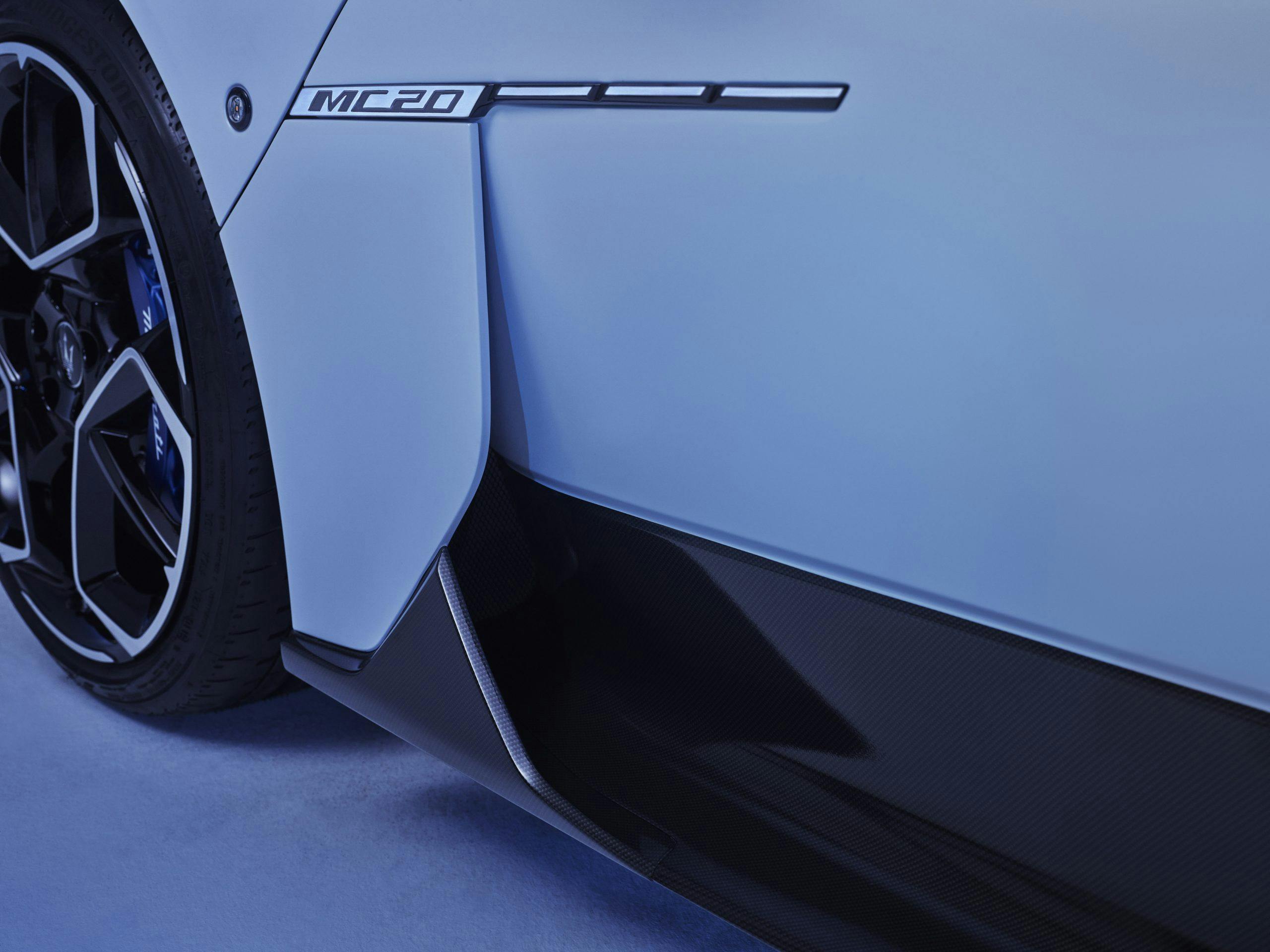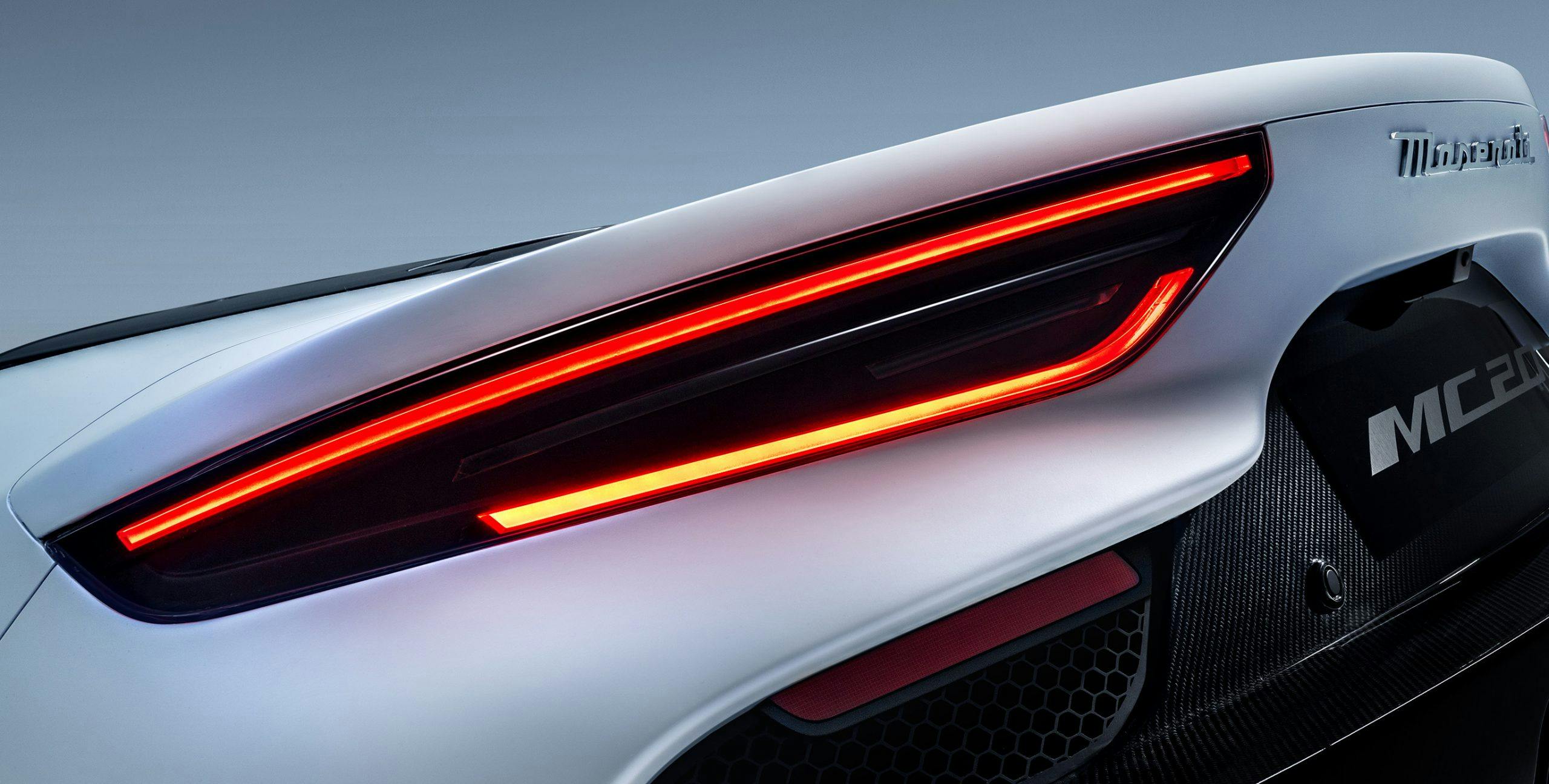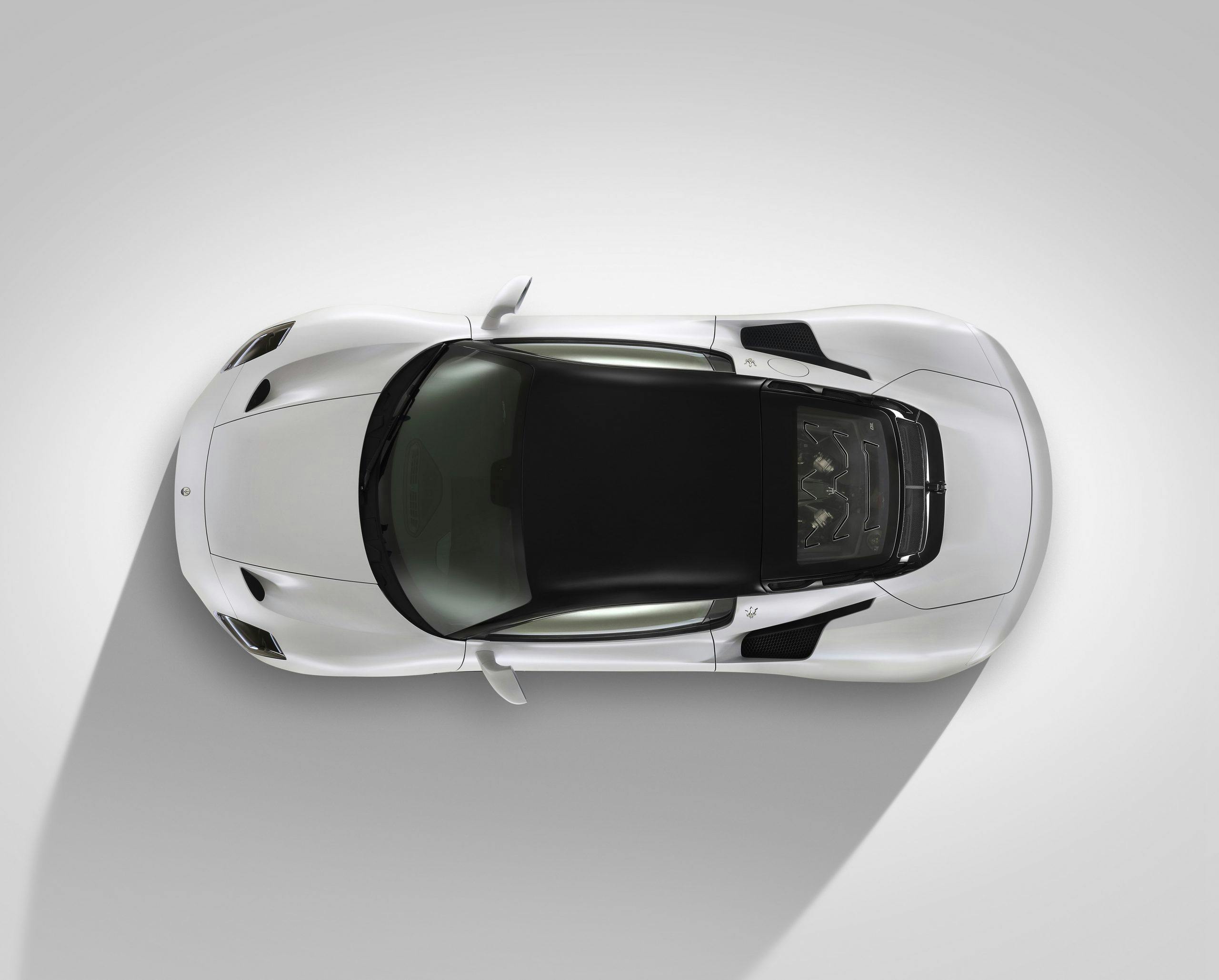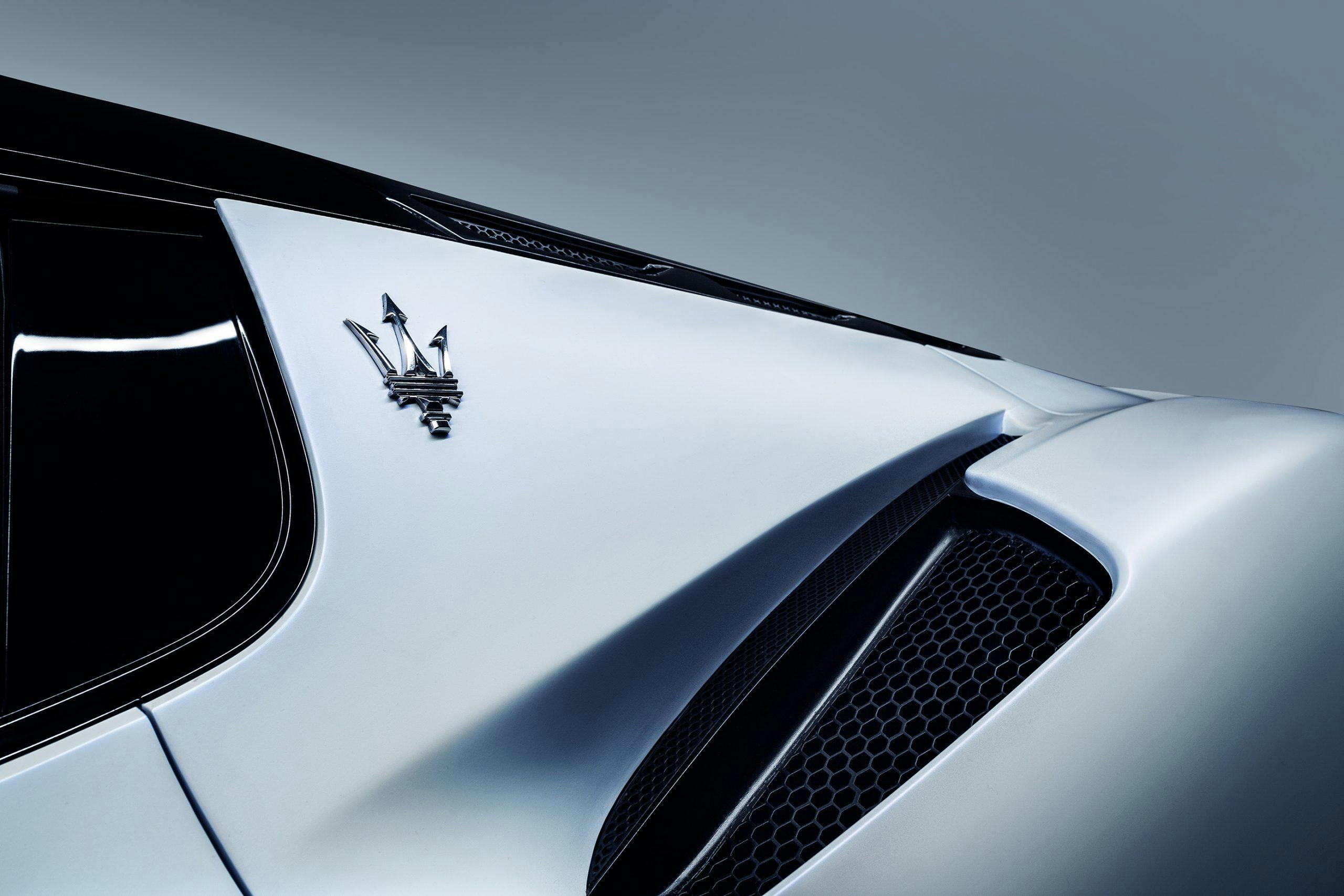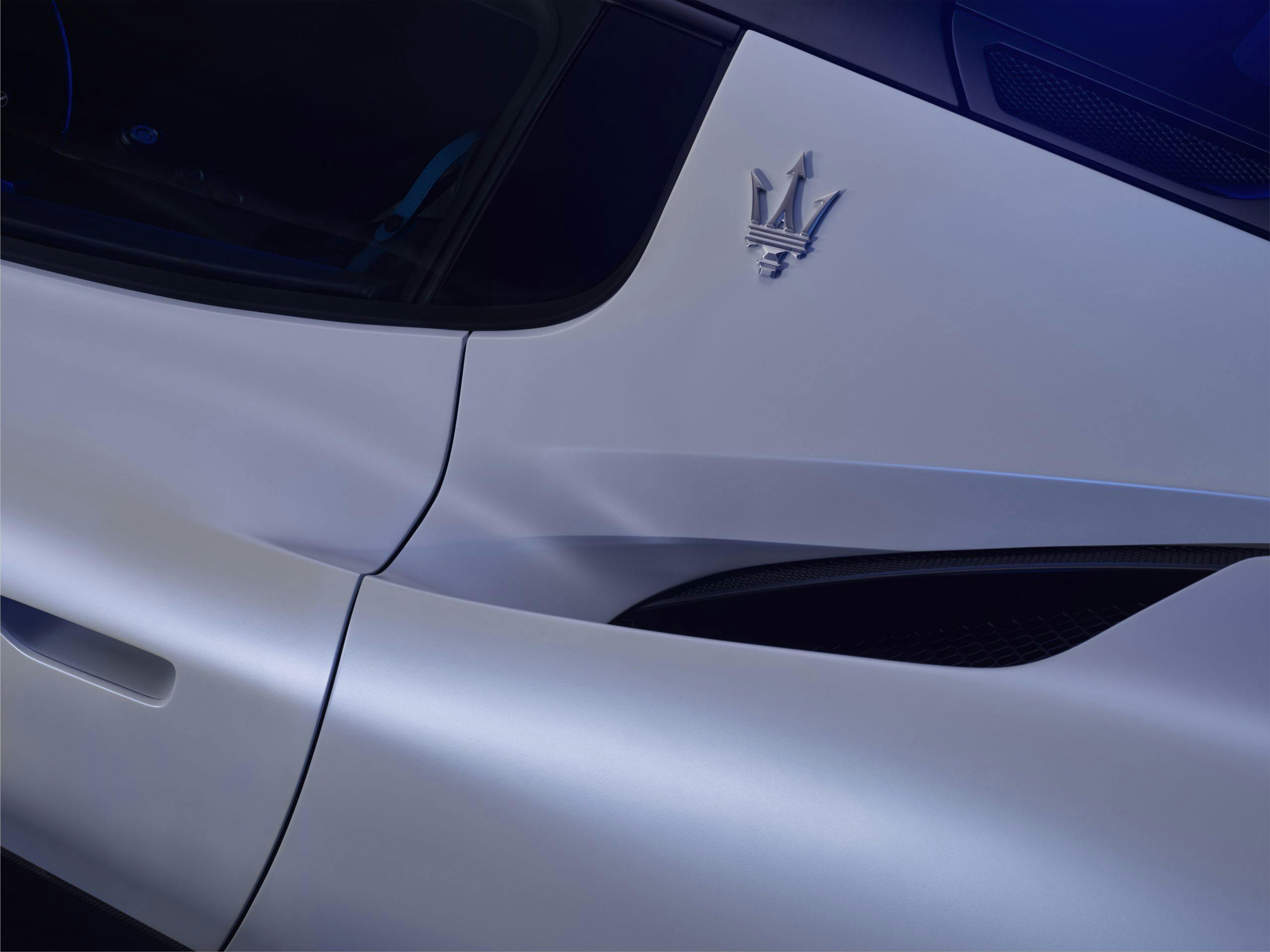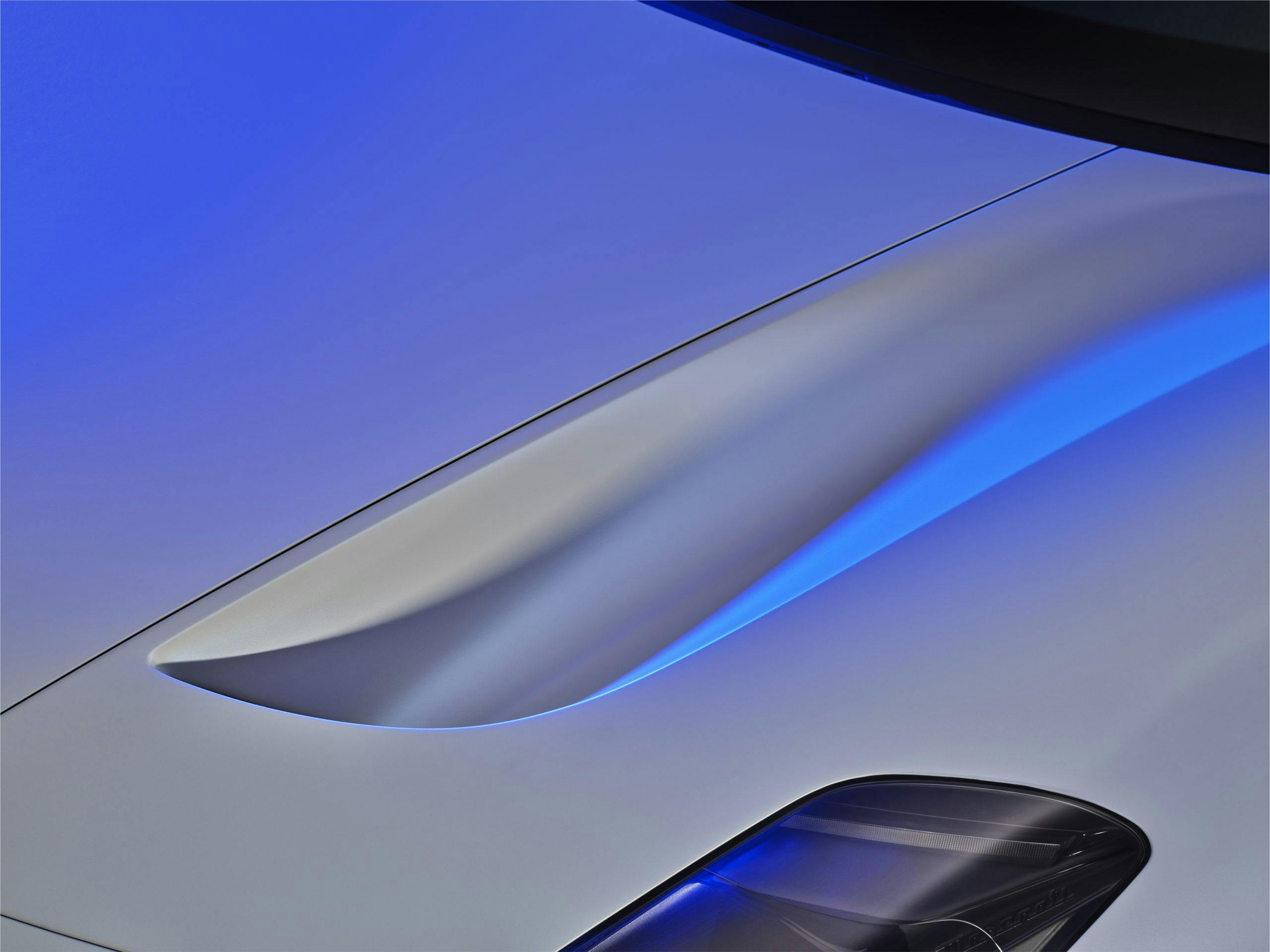Revealed: Stunning MC20 supercar will send Maserati back to racing
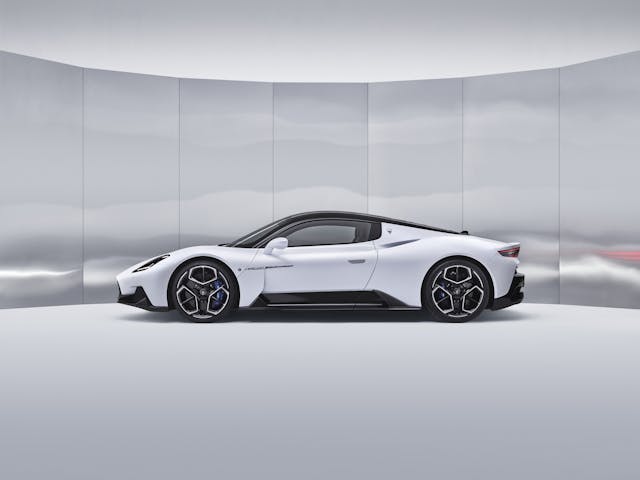
With the aid of a four-story screen, a cadre of masked singers, and two drummers in race helmets, Maserati has finally pulled back the curtain on its new halo car, the MC20. The design is stunning, even revealed via livestream. Maserati’s halo car is built in Modena and—get pumped, motorsports fans—it will bring the Italian trident back to racing.
Despite slapping a Trofeo badge on every product in its current range, Maserati hasn’t produced anything truly exotic since the Enzo-based MC12 in 2005, on whose legacy the MC20 relies. Though we can’t say for sure until we’ve slid behind the wheel, the MC20 promises to be the hometown hero Maserati so desperately needs. Modena can hardly trust the Levante SUV to spearhead the brand’s image, and the beautiful Alfieri concept from way back in 2014 has still yet to reach production. A gorgeous supercar with a 2.9-second 0–60 sprint? That’s more like it.

The MC20 is understated compared to the hypercars of today. Its supposed lineage with the MC12 is most clear from the front, where wide-set headlights complement a slim, oblong grille with the trident positioned at center stage. Ducts carved into the hood reflect a more modern interpretation of the MC12’s aero kit, eschewing the older car’s sinewy strakes for cleaner edges. Maserati employs the tri-tone color scheme of blue, black, and white to visually narrow the car’s sides and taper its nose. Seen from a slightly higher angle, the car’s generously vented rear fenders accentuate the its wide hips. The softly domed greenhouse is smooth and handsome, and in some ways reminiscent of the Birdcage 75th shown at Geneva in 2005.

Maserati touts the MC20 as a track car for the road, and, to make the most of its 621-hp V-6, the MC20 calls upon a carbon-fiber chassis that tips the scales below 3300 pounds. Maserati’s designers didn’t want to bolt on a wing, however; to retain the car’s sleek profile, they carved out the bottom panels to generate downforce below, instead of above, the car. The firm also claims that the MC20’s butterfly doors—a first for a Maserati—helped engineers to further refine the car’s aerodynamics. Maserati didn’t provide many specifics on that in its announcement, but we’re guessing that the butterfly doors’ lower cutlines allowed for deeper, taller brake ducts behind the front wheels.
Though Maserati is promising a full-electric version, the soul of the current MC20 is a high-revving, 3.0-liter twin-turbo V-6 developed and built entirely by Maserati and named the Nettuno. (Y’know, Neptune, trident … ) The coolest feature of the dry-sump, 621-hp engine is its patented pre-chamber combustion technology, which uses an additional chamber between the main combustion one and the central spark plug. (Watch the video here to find out more.) During the virtual reveal, the new V-6 sounded surprisingly throaty, with a rumbling baritone appropriate for a supercar.

That DOHC powerplant joins with an eight-speed dual-clutch automatic that drives the rear wheels via a standard mechanical limited-slip differential, although an electronically-actuated diff is optional. Six-piston Brembo brakes sit up front, and four-piston units out back help bring the mid-engine beauty to a halt.
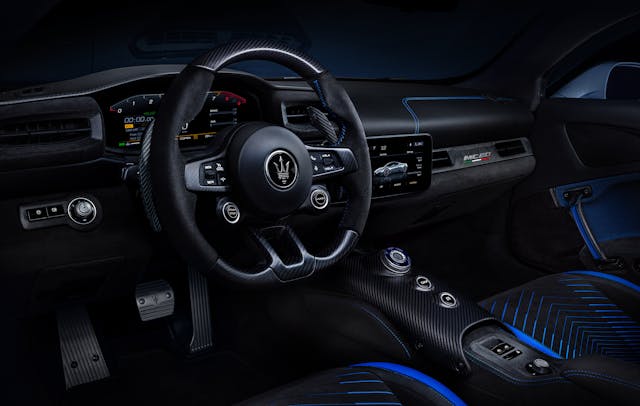
Of course, the street-going MC20 needs to satisfy the tastes of customers who enjoy rolling through a swanky downtown just as much as they relish clipping apexes on a track day. The interior is appropriately trimmed with carbon-fiber, leather, Alcantara, and two 10-inch touchscreens. Those screens display information related to the car’s five driving modes: GT, Wet, Sport, Corsa, and ESC Off (translation: You’d better know what you’re doing).
“Audacity is what the current times are demanding from all of us to build our future together,” said Maserati COO Davide Grasso. “We’re going back to racing, back to where everything started for us.”
There are no details yet on which race series Maserati is eyeing, but the trajectory toward motorsport makes a lot of sense considering the cost of developing an all-new in-house engine on this small of a scale. If the V-6 can be the twin-turbo beating heart of a high-profile racing effort, the investment could be well worth it.
We’re thrilled to see Maserati reconnecting with its competition roots. Hopefully, the MC20 and its future track-only variant will be the power couple Maserati needs to revitalize its recently ailing performance reputation.
